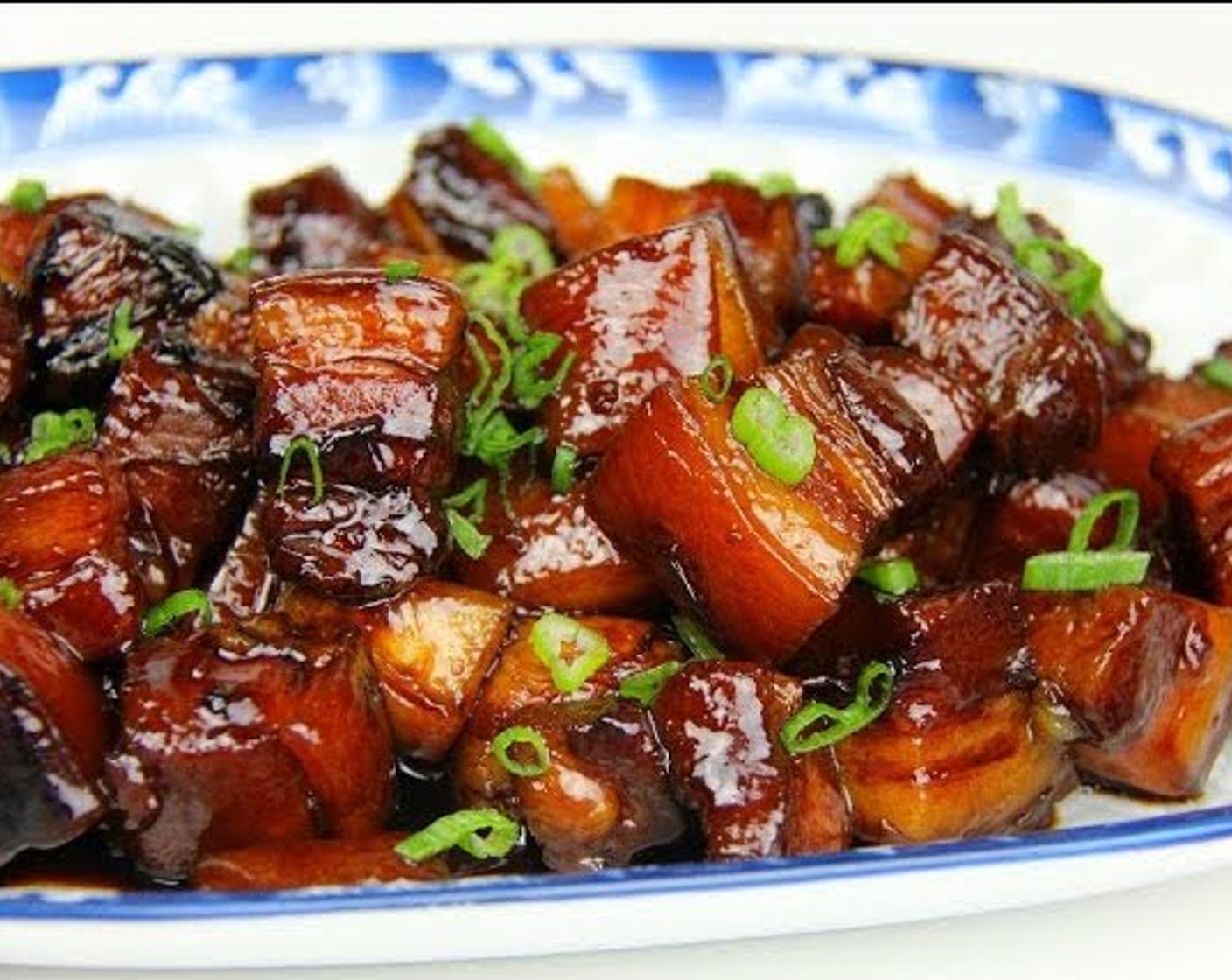Pork belly is a flavorful and versatile cut of meat that forms the basis of many classic dishes. However, like any raw meat, it requires thorough washing before cooking to remove contaminants and prevent foodborne illness. Follow this simple guide to learn how to properly wash pork belly at home.
Why Wash Pork Belly?
Washing pork belly serves several important purposes
-
Removes bacteria, dirt or debris that may be present on the surface of the meat. This helps reduce the risk of food poisoning.
-
Gets rid of blood, fat or membrane tissue leftover from butchering. These can impart unpleasant flavors if not removed.
-
Rinsing helps remove the slight “piggy” smell raw pork can sometimes have This allows the natural flavors to come through when cooked
-
Extends shelf life by removing contaminants that can accelerate spoilage.
What You’ll Need
- Fresh pork belly cut
- Large bowl or dish for soaking
- Cold water
- Kosher salt or sea salt
- Clean sponge or dish brush
- Sharp knife (optional)
Step-by-Step Washing Instructions
-
Place the pork belly in a large bowl or dish and cover completely with cold water. Let it soak for 15-20 minutes. This allows any dried on debris or blood to hydrate and loosen.
-
Drain the water and rinse away any loosened particles. Run your fingers over the meat to dislodge anything stuck on.
-
Fill the bowl with fresh cold water. Add 2-3 tablespoon of kosher salt and swirl to dissolve. The salt will help draw out impurities from the pork.
-
Soak the belly for another 15 minutes in the salty water, gently massaging it to work the salt into every crevice.
-
Remove the pork from the water and rinse thoroughly under cold running water. Rub with your hands to remove any lingering salt or grime.
-
Using a clean sponge or dish brush, scrub away any remaining fat, blood or debris. Pay close attention to the ends and sides.
-
Trim off any excess hard fat with a sharp knife. Also remove any tough membrane or discolored portions.
-
Give the pork belly one final rinse under cold water. Pat dry thoroughly with paper towels.
Tips for Effective Washing
-
Chill the pork belly in the fridge for easier handling during washing.
-
Use cool or lukewarm water rather than hot to prevent proteins from coagulating.
-
Avoid soaking for too long, which can leach out flavor and moisture.
-
Pat dry thoroughly before marinading or cooking to prevent dilution of flavors.
-
Discard used wash water and sanitize any surfaces the raw pork touched to avoid cross-contamination.
Storing Clean Pork Belly
Once washed, pork belly will keep 3-4 days in the fridge. For longer storage, freeze for 2-3 months in an airtight container with the air pressed out. Thaw overnight in the fridge before using.
Cooking Your Fresh Pork Belly
The clean, flavorsome taste of properly washed pork belly makes it ideal for:
-
Slow braising or roasting until ultra tender
-
Pan searing or grilling for crispy crackling
-
Thin slicing to use in stir fries, noodle dishes or soups
-
Steaming then tossing in flavorful sauces
-
Grinding into fresh sausage or savory fillings
-
Curing and smoking techniques like making bacon or ham
Taking a few easy steps to wash your pork belly helps remove any off tastes or textures. Your patience will be rewarded with succulent, delicious meat ready to become the star of any dish!

How To Wash Your Pork Meat At Home | Recipes By Chef Ricardo
FAQ
Should you wash pork belly?
Do we need to wash pork before cooking?
How do you remove impurities from pork belly?
How to clean a pork belly?
Make cuts on the side of the pork belly. Applying the same ideology, do not cut too far into the skin. Create a boat using aluminum foil around the pork. Then paint on rice wine vinegar or apple cider vinegar, followed by a sprinkling of sea salt. This is the first stage of removing moisture from the skin. This is an important skill to master.
How to loose belly fat quickly?
With a healthy diet and physical exercise. Some supplements like turmeric and Chlorella can help and it is very important to keep the intestines healthy to prevent the belly from getting bloated.
How to cook a pork belly?
The secret is to cook pork belly slowly at a low temperature. This will render the fat and make the skin crisp. You can either roast or fry at a low temperature to achieve this result. Another secret is to score the skin before cooking. This will help the fat render and ensure the skin is even more crispy. 1.
Can pork belly be cooked without curing?
Pork belly can also be cooked without curing or smoking, though it will not have the same flavor as bacon. Pork belly is often used as a type of “fastback” in sausage making. Fatback is the layer of fat that sits on the back of a pig, and it can also be used to make sausage.
